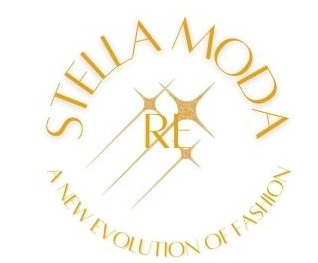Fashion is more than the clothes we wear. It’s a dynamic and ever-evolving tapestry that weaves together history, culture, and personal expression. From the ancient to the contemporary, fashion has been a mirror reflecting societal shifts, individual creativity, and the relentless passage of time.
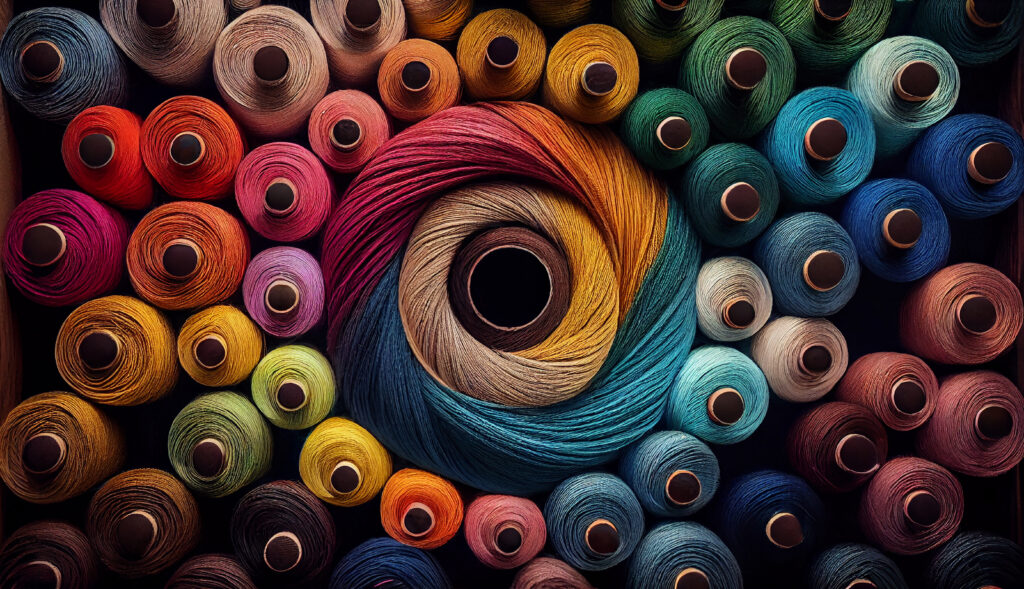
Uses Of Thread In Garment
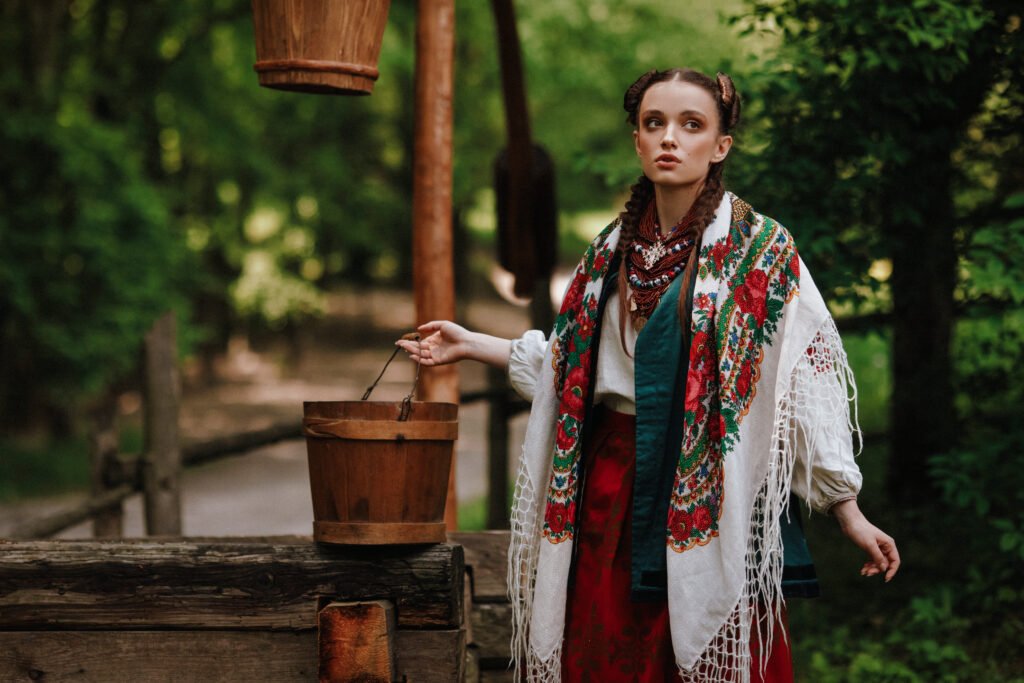
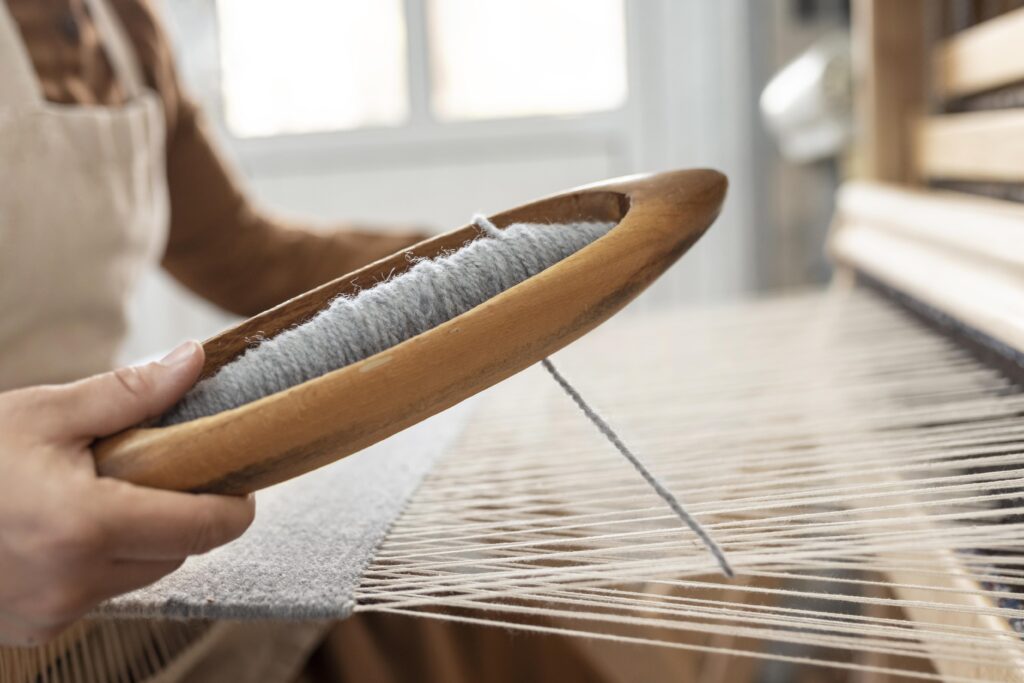

Historical Threads: Unraveling the Past
To understand fashion is to embark on a journey through time. Tracing the threads of style that have woven the rich tapestry of human history. Clothing has always been more than a mere necessity; it is a form of expression deeply rooted in our cultural identity.
In ancient civilizations, garments were not just a means to cover the body but held symbolic significance. From the elaborate robes of Egyptian pharaohs to the draping elegance of Roman togas. Clothing conveyed social status, occupation, and even religious beliefs.
The Middle Ages brought forth a period of intricate craftsmanship, where garments became canvases for exquisite embroidery and detailed embellishments. Sumptuary laws regulated the colors and fabrics permitted for different social classes.
Fast forward to the Renaissance, and we witness the emergence of fashion as an art form. The courts of Europe became stages for elaborate costumes and extravagant styles, reflecting the opulence of the ruling class. It was during this era that tailoring became more refined. Leading to the birth of bespoke clothing and the idea of garments as statements of personal taste.
The Industrial Revolution in the 18th century marked a seismic shift in fashion. Mass production led to more accessible clothing, and the rise of department stores democratized fashion, making trends available to a broader audience. This democratization paved the way for the emergence of fashion as a cultural force that transcended social classes.
The 20th Century: A Century of Revolutions
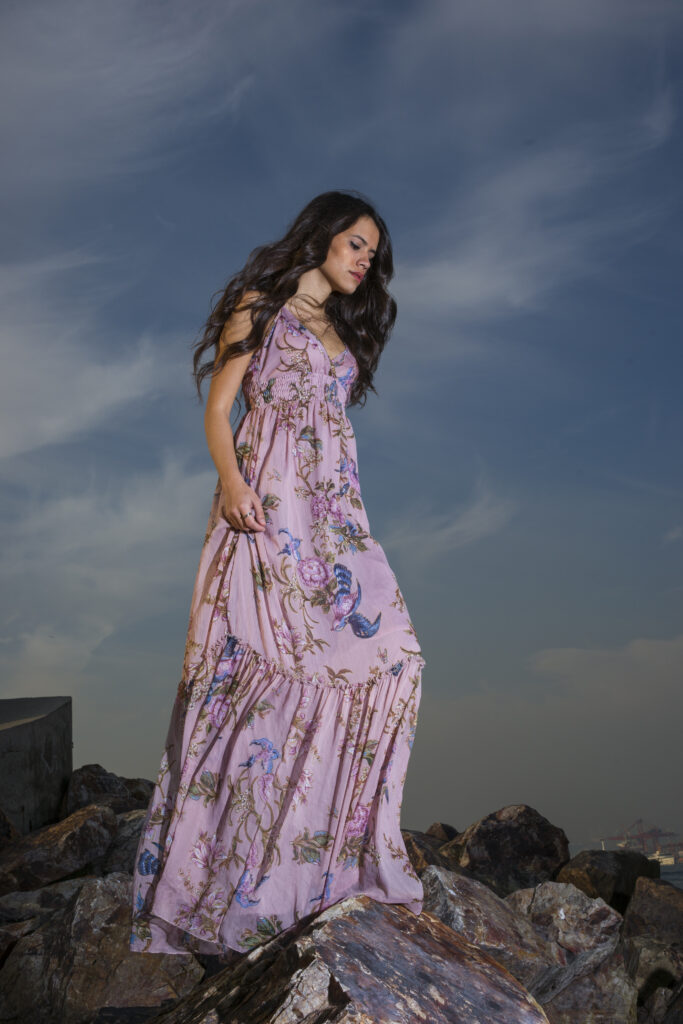
Style That Make Sense
The 20th century witnessed seismic shifts in fashion, mirroring the rapid changes in society at large. The early 1900s saw the emergence of haute couture houses in Paris. Designers like Coco Chanel challenging traditional gender norms through revolutionary designs.
The 1920s brought the Jazz Age and the flapper style, characterized by drop-waist dresses and a rebellious spirit. The 1930s, marked by economic hardship, saw the rise of Hollywood glamour as a form of escapism. World War II had a profound impact on fashion, with rationing leading to practical, utility-focused clothing.
Post-war prosperity in the 1950s ushered in a return to elegance, epitomized by the iconic designs of Christian Dior. The 1960s, on the other hand, were a rebellion against the conservative norms of the previous decade. The youth-driven counterculture influencing fashion significantly.
The 1970s brought forth a fusion of styles, from the bohemian hippie aesthetic to the disco glamour. Punk emerged in the late 1970s as a radical subculture that challenged mainstream fashion norms.
The 1980s were characterized by excess — bold colors, oversized silhouettes, and a focus on conspicuous consumption. It became a symbol of power and wealth, epitomized by the rise of designer labels.
The 1990s witnessed a move towards minimalism and grunge, with casual and alternative styles gaining prominence. This decade marked a shift towards more relaxed and eclectic fashion sensibilities, setting the stage for the diverse styles of the 21st century.
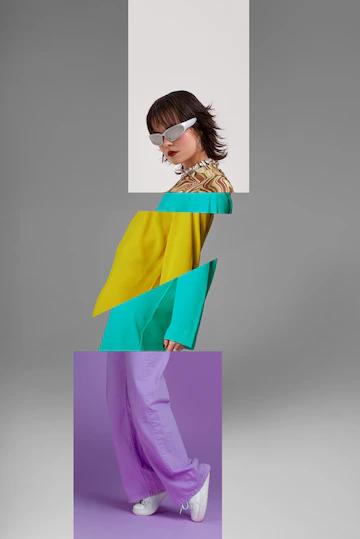
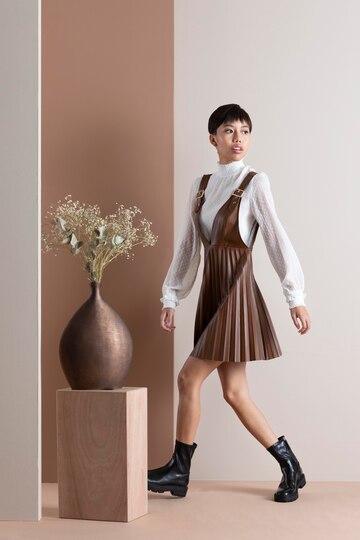
Look Makes You Confident
The Contemporary Runway: Where Global Meets Local
In the 21st century, fashion has become more globalized and interconnected than ever before. The rise of the internet and social media has transformed the industry, making it accessible to a global audience in real-time. Influencers and bloggers have become powerful voices, shaping trends and challenging traditional notions of beauty.
The runway is no longer confined to Paris, Milan, or New York; it’s a global stage where designers draw inspiration from diverse cultures. Traditional craftsmanship from various parts of the world has found its way into mainstream , fostering a sense of cultural appreciation and exchange.
Sustainability has become a buzzword in the fashion industry, with a growing awareness of the environmental impact of fast fashion. Designers and consumers alike are embracing eco-friendly practices, from using sustainable fabrics to promoting ethical labor practices. This shift reflects a collective realization that fashion should not come at the cost of the planet or its people.
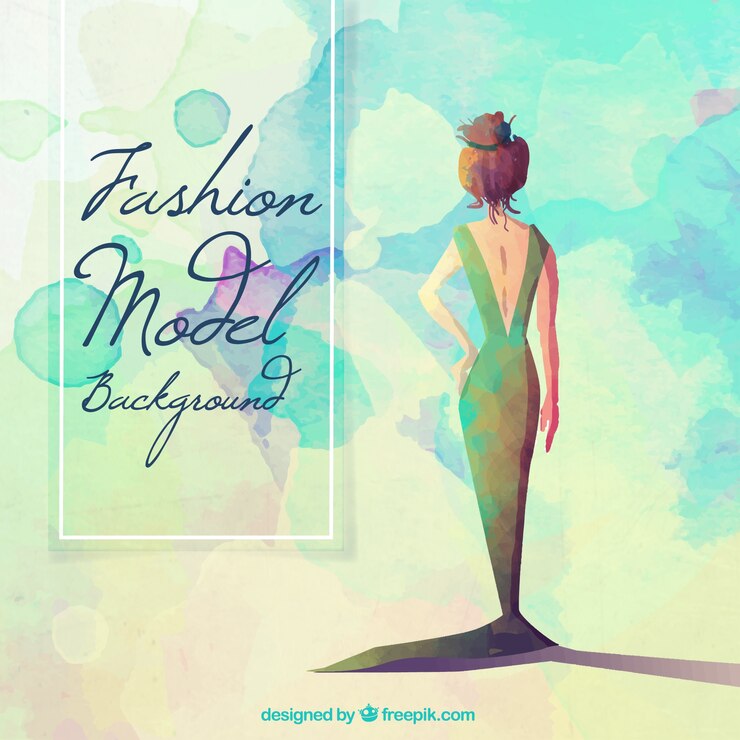
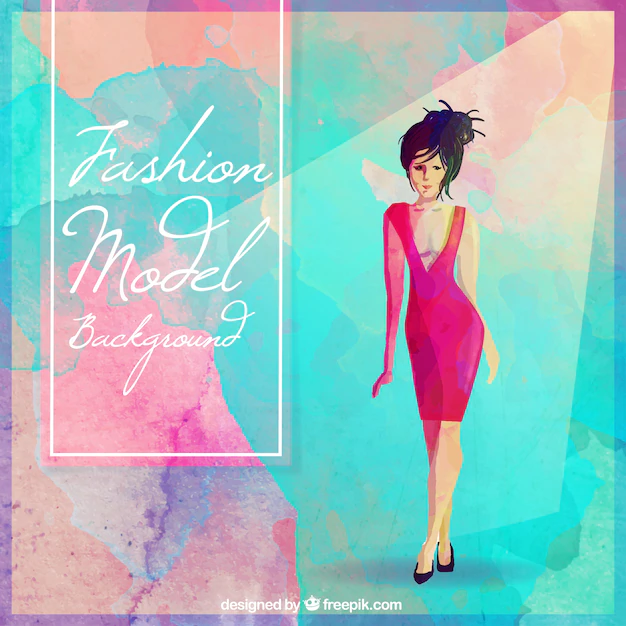
The Personal Canvas: Fashion as Self-Expression
Fashion is inherently personal, a form of self-expression that goes beyond following trends. What we wear speaks volumes about our identity, interests, and even our mood on a given day. From the meticulously curated wardrobe of a fashion enthusiast to the utilitarian choices of a minimalist, each person’s style tells a unique story.
Individuals use it to communicate their values, affiliations, and aspirations. Subcultures form around particular styles, from the streetwear aficionados to the vintage enthusiasts, creating communities united by a shared appreciation for a certain aesthetic.
Fashion can be transformative, allowing individuals to experiment with different personas. The power of a well-chosen outfit goes beyond aesthetics; it can boost confidence, convey professionalism, or make a bold statement. In this way, it becomes a tool for empowerment, allowing individuals to take control of how they present themselves to the world.
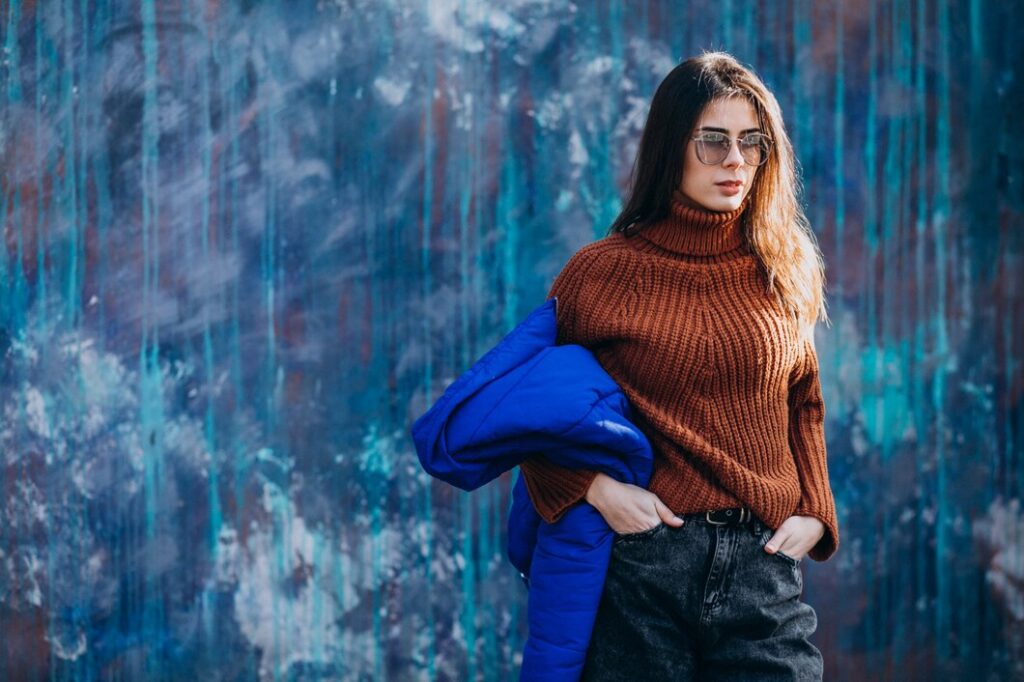

Challenges and Triumphs: Navigating the Fashion Landscape
While fashion is a source of joy and creativity for many, it is not without its challenges. The industry has faced criticism for its often exclusionary standards of beauty, lack of diversity, and exploitative labor practices. However, these challenges have sparked important conversations and initiatives aimed at making fashion more inclusive and ethical.
The rise of second-hand and vintage shopping has become a sustainable alternative to the fast fashion culture. Thrifting is not only a way to find unique pieces but also a conscious choice to reduce the environmental impact of clothing production. This shift towards more mindful consumption reflects a growing awareness of the consequences of a throwaway fashion mentality.
Technology continues to play a transformative role in the fashion landscape. Virtual fashion shows, augmented reality fitting rooms, and blockchain-based supply chain transparency are just a few examples of how technology is reshaping the industry. These innovations not only enhance the consumer experience but also contribute to a more sustainable and transparent fashion ecosystem.
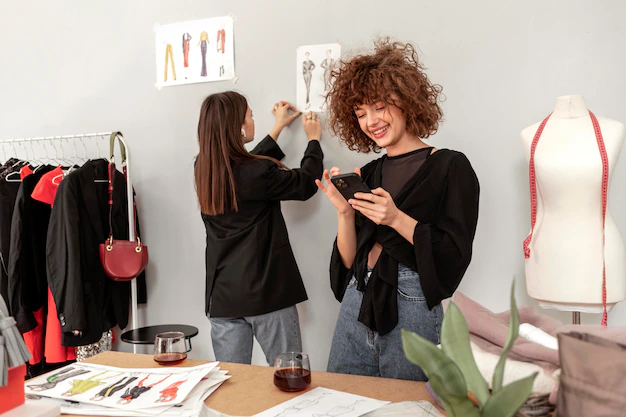

The Future Stitched in Possibility
As we stand on the cusp of the future, the possibilities in fashion seem boundless. The industry is embracing diversity in all its forms — body positivity, gender inclusivity, and cultural representation are no longer optional but essential. The fashion runway is becoming a space for storytelling, where designers use their creations to make statements about social issues, sustainability, and the human experience.
Fashion is not just about the clothes; it’s a reflection of our collective identity, a canvas for individual expression, and a mirror to our evolving society. As we continue to navigate the ever-shifting landscape of style, let us celebrate the diversity, creativity, and transformative power that fashion brings to our lives. In every stitch, every fabric, and every bold choice, we find a narrative — a story that we tell the world about who we are and who we aspire to be.

